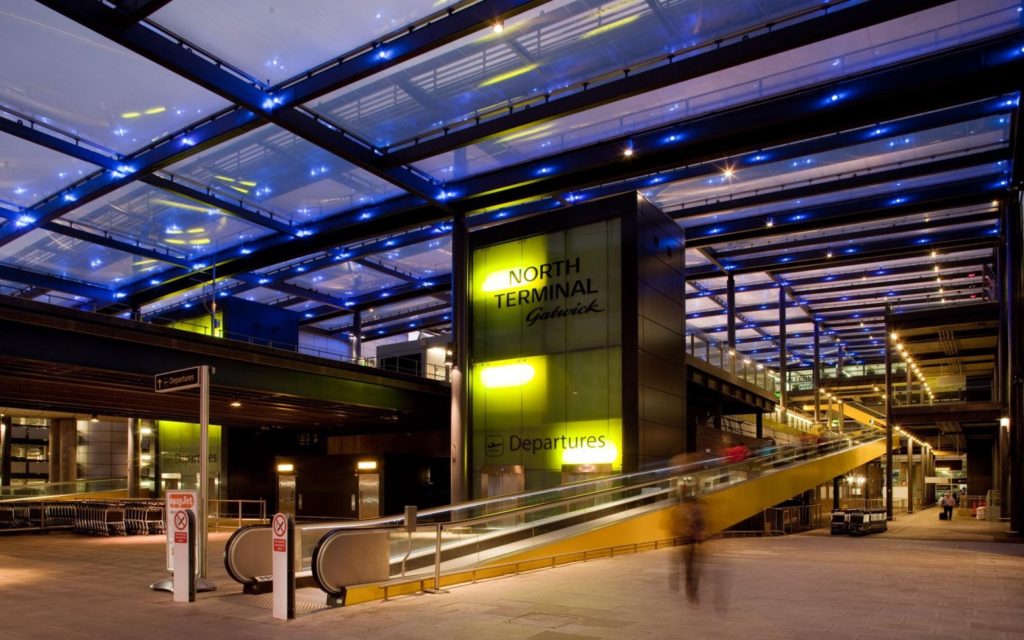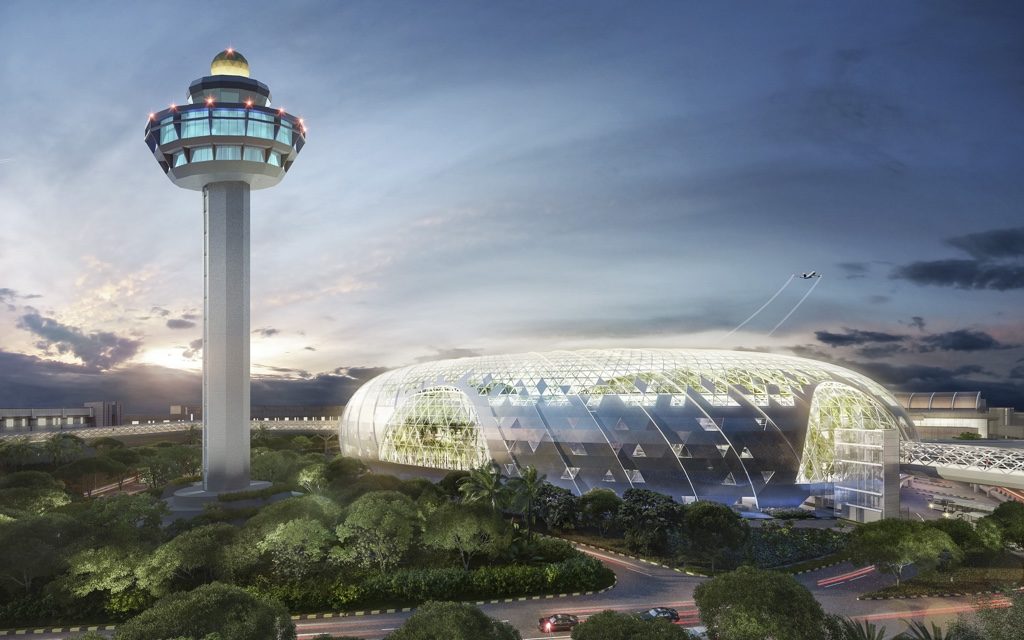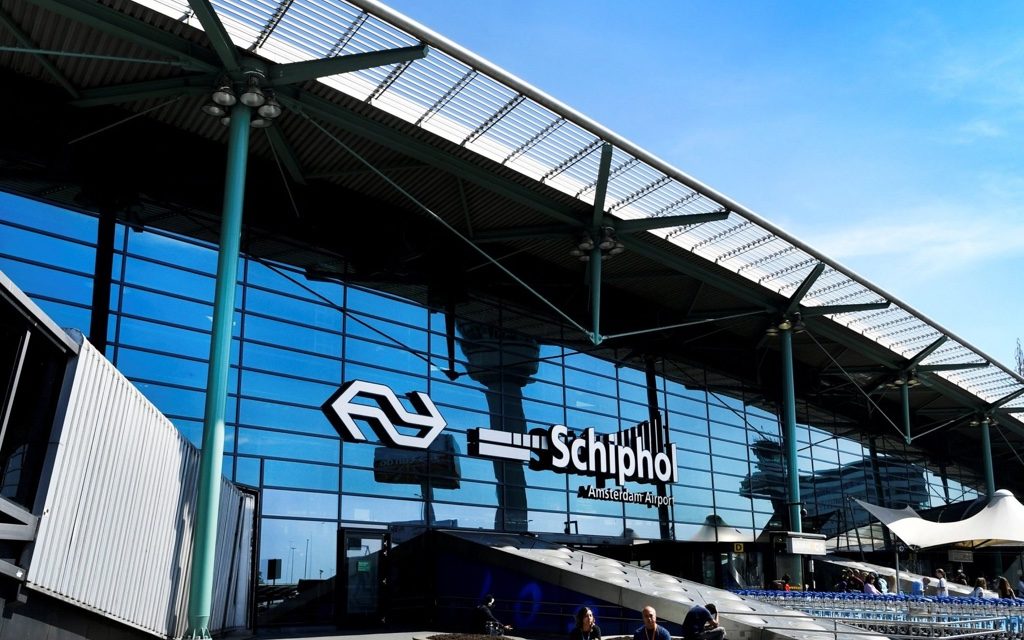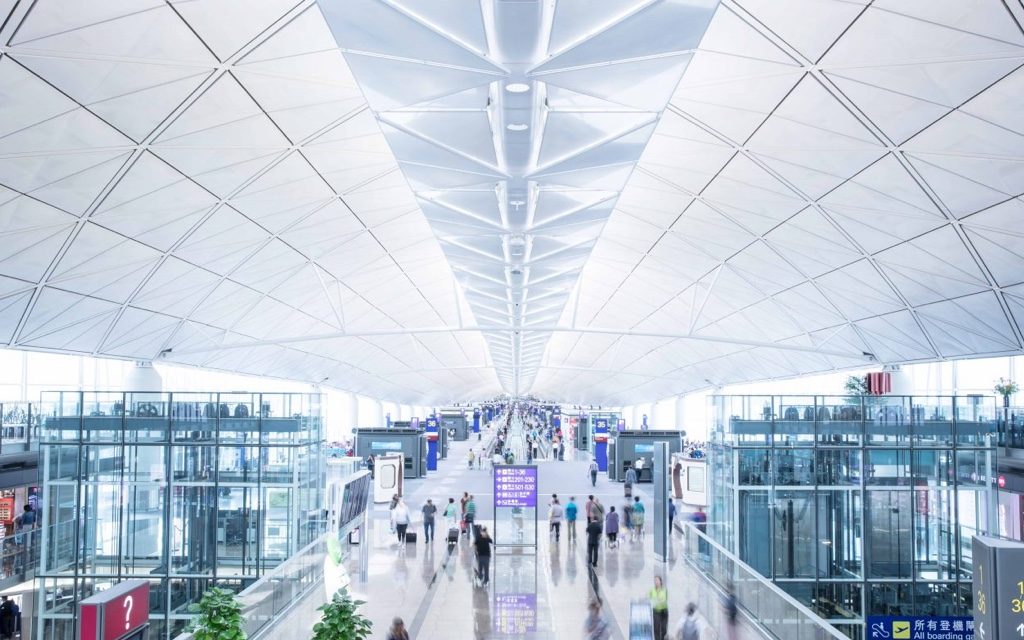Airports which innovate can provide a wide range of tangible benefits to passengers while also streamlining things behind the scenes to improve efficiency and reduce delays.
Not all airports are equal in this respect, so it is worth looking at the innovative frontrunners to get an idea of how the rest of the industry will evolve over the coming years. Here are just 5 air travel hubs that are pushing the envelope further than most.

1. Gatwick Airport, London
One of Europe's busiest airports is also the continent's most innovative, winning Airport of the Year in 2017 and receiving recognition for the innovative design of its North Terminal at the London Construction Awards shortly afterwards.
Praise for the airport focuses on its newly developed North Terminal building, which is completely adaptable and reconfigurable according to the ever-changing needs of operators. Everything from the check-in desks to the security setup can be rearranged with relative ease, allowing the terminal to remain malleable and responsive rather than having everything set in stone.
On the customer-facing side of the airport innovation enacted by Gatwick, the launch of an impressive mobile app which features integrated augmented reality capabilities was also singled out at independent awards. Giving passengers the opportunity to navigate the terminal buildings and find their gates using on-site wayfinding beacons is an incredibly forward-thinking move which may well be adopted by other airports in the near future. Lost passengers result in lateness and lead to delays, so it is in the hands of airport operators to address this proactively, just as has been done at Gatwick.

2. Changi Airport, Singapore
Airport innovation may be at the top of the agenda at Gatwick, but it has been eclipsed by Singapore's chief air travel hub in terms of pure popularity with passengers. What gives Changi Airport the edge in this respect is the fact that it is much more than a functional venue for international arrivals and departures; it is a destination in its own right, brimming with leisure activities, entertainment and relaxation options.
Passengers can partake in a plethora of pastimes while waiting to board. Take a wander through the butterfly garden to soothe your senses, jump on the tallest slide in Singapore and get your adrenaline pumping, watch a movie free of charge in cinema rooms at the terminals, check out stunning works of art by some of the world's leading sculptures; all this and much more besides is on offer.
It could be argued that Changi Airport is innovating by turning the attention to the wellbeing of passengers first and foremost, rather than focusing on processing people as efficiently as possible and shoving retail and dining outlets down their throats at every opportunity. This proves that airport innovation does not have to be technology-driven in every instance.
Of course the most recent addition to the airport, Terminal 4, does break new ground thanks to its modern layout, cutting edge systems and impressive amenities. Doctors are on hand to treat those with ailments, with pharmacies allowing prescriptions to be picked up on the spot. Large LED displays showcase immersive content to assuage boredom while queuing for security. An art gallery showcases local creators and lets you learn about the heritage of Shanghai. There is even a heritage-focused live play that runs regularly within the terminal building.
Tying in an airport's design and features to the city or nation it represents is a novel ideal, yet one which has been proven effective in the case of Changi. Perhaps this will be replicated elsewhere in the coming decade.

3. Schiphol Airport, Amsterdam
If Changi Airport is an amalgam of lots of different ideas and airport innovation options, Schiphol Airport is a little less ambitious in its scope but perhaps more successful and inspiring in its focused approach.
The hectic and stressful air travel experiences that so many people have to endure can be coped with in a very continental way at the dedicated library, for example. This not only features a bounty of books and cosy nooks for reading, but also tablet computers with entertainment options for kids and adults alike. Steering clear of the consumerism of other airports definitely works in its favour.
As well as expanding your mind, Schiphol Airport can help you burn a few calories while you wait. This is thanks to its banks of phone charging stations which do not draw energy from the mains supply, but instead generate power for handsets through pedalling. To get your phone battery back up to a reasonable level will take around half an hour on an adapted exercise bike, which is a decent workout for many people.
A lot of thought has clearly gone into the design, layout and amenities of Schiphol Airport, meaning that it is a more peaceful place to spend a few hours than many of the world's other busy airports. Crucially, nothing feels cobbled together and it is this cohesion that allows it to excel in a number of areas.

4. Hong Kong International Airport, Hong Kong
Hong Kong is a truly international city, with influences from hundreds of different cultures present throughout its crowded streets. It is no surprise that the ambition and innovation that it represents is reflected in its main airport.
Technology is at the core of the plans for the airport's future and organisers are currently in the process of introducing a number of new systems and services that will have a direct impact on how passengers pass through for arrivals and departures alike.
Biometric scanners have been installed to speed up the security checks and streamline the immigration process, with decision makers explaining that this is the first part of an ongoing effort to introduce new ways of verifying the identities of passengers without creating queues.
For the time being the scanners focus on facial recognition, but it seems likely that other metrics will be taken into account in the future, with Hong Kong International Airport leading the way as it seeks to make travelling by plane both safer and more convenient. While there may be privacy concerns to address, most passengers will be willing to adopt biometric scanning in exchange for lower risks when flying.

5. Incheon Airport, Seoul
In terms of headline-grabbing airport innovations, few can compete with the airport that serves South Korea's capital. The launch of robotic guides back in 2017 was hailed as a revolution in airport customer service, allowing passengers to get assistance with a range of issues and even have an automaton lead them to the right gate ahead of their departure.
Some argued that this move was really just a technological showcase rather than something that would have practical benefits to the passenger experience. However, as the race for increased automation arrives in almost every industry, airports are sure to adopt such solutions in greater numbers, even if some of the uses are more conspicuous than others.
This is not the only aspect of Incheon Airport which is automated, as there are also robotic cleaning machines which constantly patrol the terminal building, collecting rubbish and keeping everything looking in perfect condition 24 hours a day. These robots are not only able to avoid obstacles and operate without human interaction; they also use machine learning and big data to get more efficient over time by pinpointing the parts of the airport which need cleaning on a regular basis and plotting routes accordingly.
There is little doubt that for the time being, such small scale automation is the tip of the iceberg in terms of the airport innovation ideas that will become commonplace further down the line. The key will be tapping into the vast amount of information that is generated every day at airports like Incheon and gleaning meaningful insights, which can
